Out with the old, in with the new, the Trump administration has decided on many issues. Perhaps not so on Afghanistan, where it is facing many of the same dilemmas as the Obama and George W. Bush administrations. Any new developments, meanwhile, tend to only make the picture worse.
Ghosts of security problems past
Neither the Obama nor the George W. Bush administrations had the strategic patience needed for stabilizing Afghanistan and reducing its internal security challenges—including the Taliban insurgency—to a level where the Afghan government could adequately cope on its own. The Bush administration shifted its focus to Iraq, under-resourcing Afghanistan and ignoring its unresolved structural problems.
The Obama administration, for its part, was preoccupied with not falling into a Vietnam-like quagmire and hoped to get the United States out of Afghanistan before Obama’s second term ended. As a result, it imposed unrealistic timelines on counterinsurgency and stabilization efforts that could not—and did not—produce the outcomes they were hoping for. Yet because the Taliban insurgency was robust and terrorist groups in the country—both al-Qaida and the Islamic State (splinter groups from the Taliban that adopted a new label)—were growing, the Obama administration did not dare pull the plug on its support for the country.
That leaves the Trump administration with an Afghanistan that looks a lot like the one previous presidents faced, with some challenges significantly exacerbated. The Taliban insurgency is stronger than ever and can persist for a long time. The Afghan government remains weak and critically dependent on foreign support: military, economic, and political. Without continued U.S. and Western military presence in the country, at least at the current level, the Afghan military might buckle. Even if that does not happen, the Taliban would be significantly strengthened by U.S. withdrawal. In fact, a total U.S. troop withdrawal could set off a civil war.
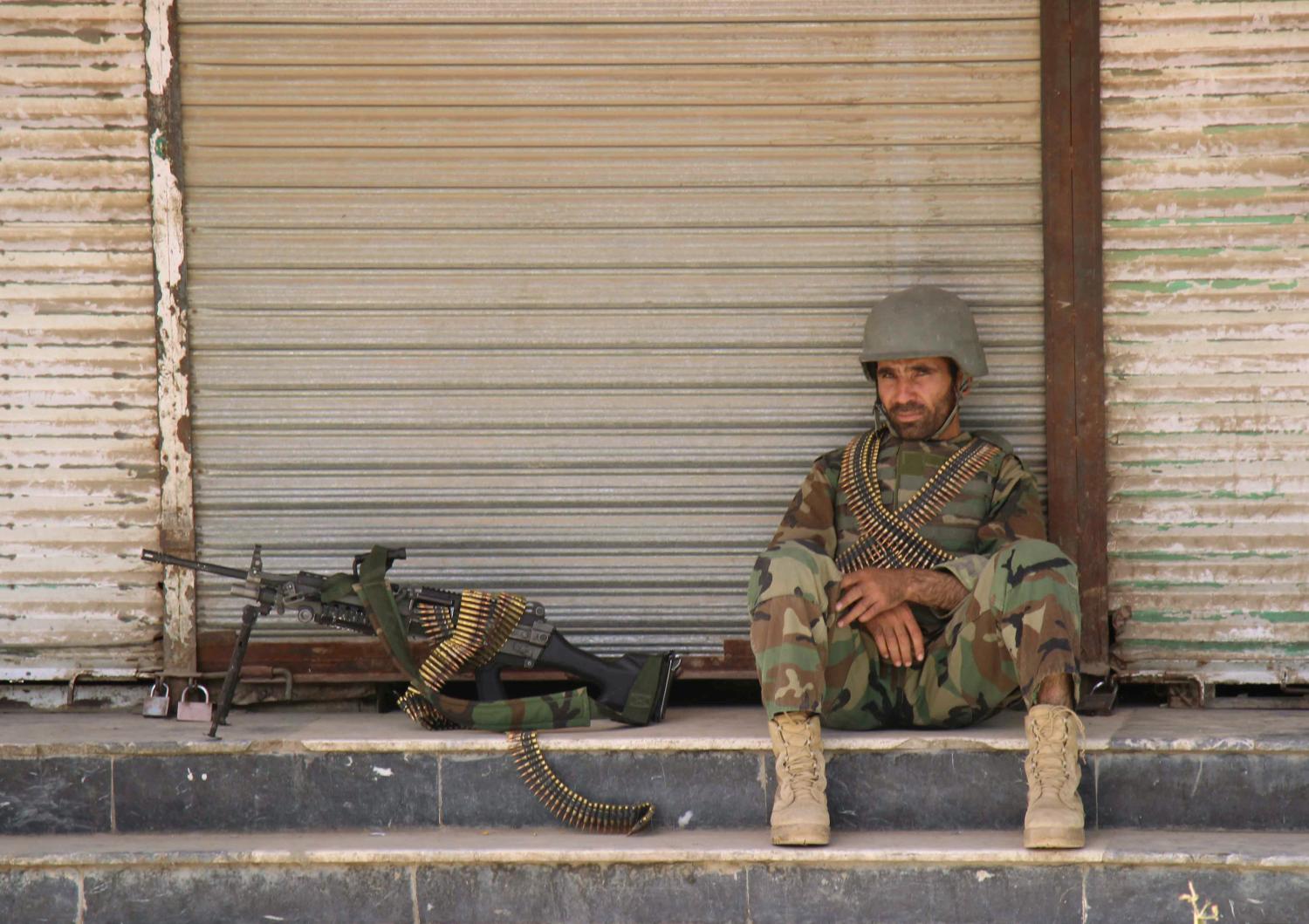
Same old Afghan politics
At the same time, the problems that soured U.S. support for the Afghan government (then led by Hamid Karzai) persist. Corruption is widespread and pernicious, and governmental dysfunction remains unresolved. Even though the current president Ashraf Ghani is motivated to tackle corruption and improve governance—and has a vision of national development—his reformist hand remains weak.
Throughout the halls of government (with the Orwellian misnomer “Government of National Unity”) and the alleyways of villages, Afghan politicians continue their self-serving political infighting and brinksmanship, rather than focus on the national interest. Although political infighting subsided when donors were summiting in the fall of 2016, it’s now back in force. Looking ahead to the presidential election in 2019, many are detached from much-needed efforts today to increase the functionality and performance of government.
These political struggles persist not merely at the level of broad ethnic groups and political constituencies such as between President Ghani and Chief Executive Abdullah Abdullah, but also increasingly within particular constituencies. Take Abdullah and Governor Atta Mohammad Nur, the governor of Balkh province: Although Atta used to be a backer of Abdullah and a key rival of Ghani’s, he is increasingly seeking to sideline his fellow Tajik Abdullah and position himself as a key national Tajik leader, with an eye toward the 2019 presidential elections. Rumors even have it he might contemplate running as Ghani’s principal vice-president. Many other maneuvers are preoccupying the political elite, once again at the expense of governance.
These constant political schemes and fights endlessly distract the country’s leaders and their clients within the Afghan society from addressing Afghanistan’s fundamental and governance weaknesses and internal security challenges.
Old-new regional politics
Afghanistan’s external security environment is even more difficult now than it was during the Obama and Bush years. Pakistan has not restrained its support for the Taliban and its vicious Haqqani branch. Moreover, the Pakistan-India rivalry, one of the factors crucially affecting Pakistan’s behavior toward Afghanistan, remains unabated. Iran continues to hedge its options: It dislikes the Taliban for sectarian reasons and, along with the Hazara community in Afghanistan, has many intensely bad memories of the Taliban era. But it also keeps a channel open to the Taliban, so as to counter the Islamic State and not have wholly-antagonistic relationship with a potential ruler (formal or not) on its border with Afghanistan.
Russia, with which President Trump wants to make nice in the world, is now openly supporting the Taliban, under the guise that the Taliban is a lesser enemy than the Islamic State. Significantly, Russia has begun to openly challenge the United States in Afghanistan—finding U.S. bases there a threat to the sphere of influence in Central Asia that it would like to resurrect.
It’s yet to be seen what the Trump’s administration policy in Afghanistan will look like. It might act on its leader’s “realist” impulses and pull out of Afghanistan even though U.S. allies—particularly Germany (which has faced waves of Afghan refugees) and the United Kingdom—do not want the United States to call it quits. A U.S. military withdrawal could avoid a confrontation with Russia there, though President Vladimir Putin may only feel emboldened in its aggressive anti-U.S. actions around the world. Additionally, terrorists—including anti-U.S. global jihadis—would reestablish themselves in Afghanistan while the Taliban augments its influence. The risks of the Afghan government collapsing and civil war breaking out would be high.
Alternatively, Trump may just muddle through. Facing all the same debilitating problems the two previous administrations encountered—and without any short-term prospect for the war to come to an end but with greatly diminished direct U.S. counterinsurgency operations, and thus fewer U.S. casualties—this option might just be the least bad and risky option for the new U.S. administration. As of today, given the mixed and only sporadic signals coming from the White House, it is too early to read the poppy leaves.
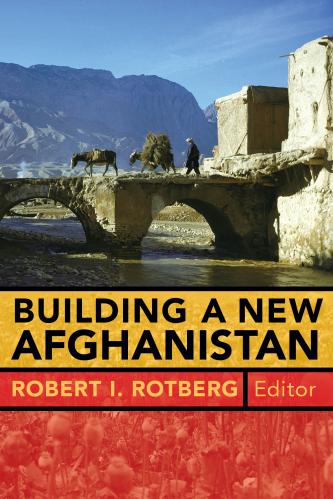
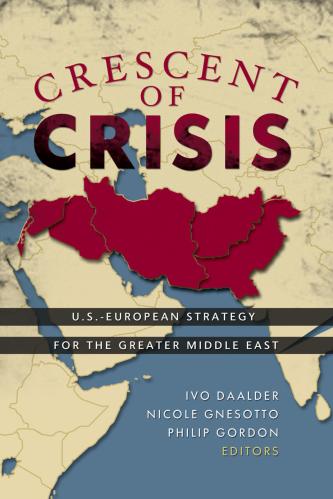


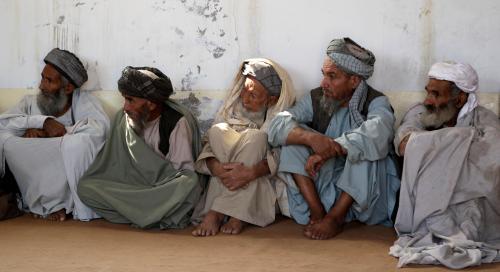
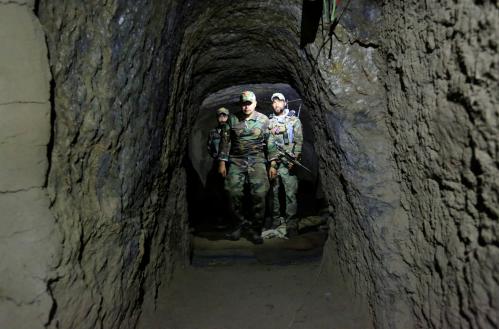



Commentary
The Trump administration and Afghanistan: What’s in the poppy leaves?
February 14, 2017